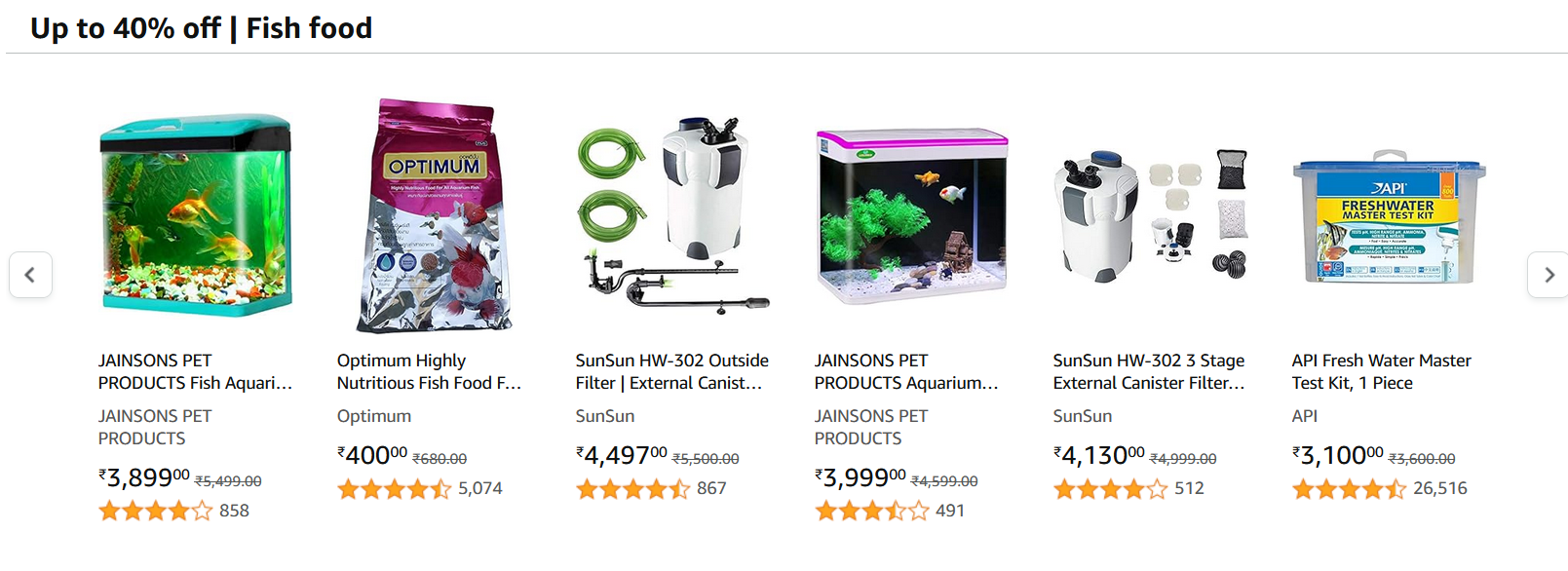Nestled in the eastern part of India, West Bengal, famously known as the 'Land of Fish and Rice', boasts a profound cultural and economic reliance on its aquatic resources. Fish is not just a food item here; it's a staple, a tradition, and a significant source of livelihood for millions. Against this backdrop, fish farming, or aquaculture, has emerged as a vibrant and increasingly vital sector, contributing significantly to the state's economy, food security, and rural employment. Let's dive deep into the world of fish farming in West Bengal, exploring its potential, practices, and prospects.
The Significance of Aquaculture in West Bengal
Fish farming plays a pivotal role in West Bengal's agrarian economy. It's a primary source of protein for the state's large population and provides direct and indirect employment to a substantial portion of the rural populace, particularly in coastal and flood-prone areas. The sector contributes significantly to the Gross State Domestic Product (GSDP) and is crucial for uplifting the socio-economic status of marginalized communities. Furthermore, with rising population and demand, aquaculture offers a sustainable pathway to meet nutritional needs and enhance food security.
Key Fish Species Cultivated in the State
West Bengal's diverse aquatic ecosystems support the cultivation of a wide array of fish species. The most commonly farmed freshwater species include Indian Major Carps (IMCs) like Rohu (Labeo rohita), Katla (Catla catla), and Mrigal (Cirrhinus mrigala), which are highly popular and command good market prices. Beyond these, exotic species such as Tilapia (Oreochromis niloticus), Pangasius (Pangasianodon hypophthalmus), and various catfish varieties are also gaining traction due to their fast growth rates and adaptability. For brackish water and coastal regions, species like Bhetki (Lates calcarifer) and various prawn and shrimp species (e.g., Penaeus monodon, Litopenaeus vannamei) are vital, especially for export markets.
Diverse Farming Methods: From Traditional to Modern
Traditional pond culture remains prevalent, utilizing earthen ponds for polyculture of IMCs. However, the state is increasingly adopting modern and intensive farming methods to maximize yield and resource efficiency. Biofloc technology, which involves cultivating fish in high densities with minimal water exchange by managing water quality through microbial flocs, is gaining popularity among small and marginal farmers. Recirculating Aquaculture Systems (RAS) are also emerging, though on a smaller scale, offering highly controlled environments and significantly reduced water usage. Cage culture in open water bodies like reservoirs and large ponds is another method being explored for increased production.
Government Initiatives and Support for Fisheries
Both the central and state governments have recognized the importance of aquaculture and have launched several initiatives to boost the sector. Schemes like the Pradhan Mantri Matsya Sampada Yojana (PMMSY) provide financial assistance, technical guidance, and infrastructure development support. The West Bengal Fisheries Department actively promotes scientific fish farming practices, offers training programs for farmers, provides subsidies for inputs (like feed and seed), and facilitates access to credit. Efforts are also underway to improve cold chain infrastructure, market linkages, and disease management protocols.
Challenges and Opportunities in West Bengal's Aquaculture Sector
Despite its immense potential, fish farming in West Bengal faces several challenges. These include issues related to water quality management, disease outbreaks, availability of quality fish seeds and feed, lack of modern infrastructure, and fragmented market linkages. Climate change, leading to unpredictable weather patterns and water scarcity in some areas, also poses a threat. However, these challenges also present significant opportunities. There's a growing scope for adopting advanced technologies like AI and IoT for precision aquaculture, developing disease-resistant strains, promoting sustainable and eco-friendly practices, and strengthening value chains for better market access and export potential. Furthermore, integrating fish farming with other agricultural practices (e.g., rice-fish culture) can enhance overall farm productivity and sustainability.
Conclusion
West Bengal's journey in fish farming is a testament to its deep-rooted connection with aquaculture and its immense future potential. By embracing sustainable practices, leveraging technological advancements, and ensuring robust government and institutional support, the state can truly unlock the full 'blue revolution' and establish itself as a dominant force in both national and global fish production. The aquatic goldmine awaits further exploration, promising prosperity for its farmers and a rich bounty for its people.



.png)
